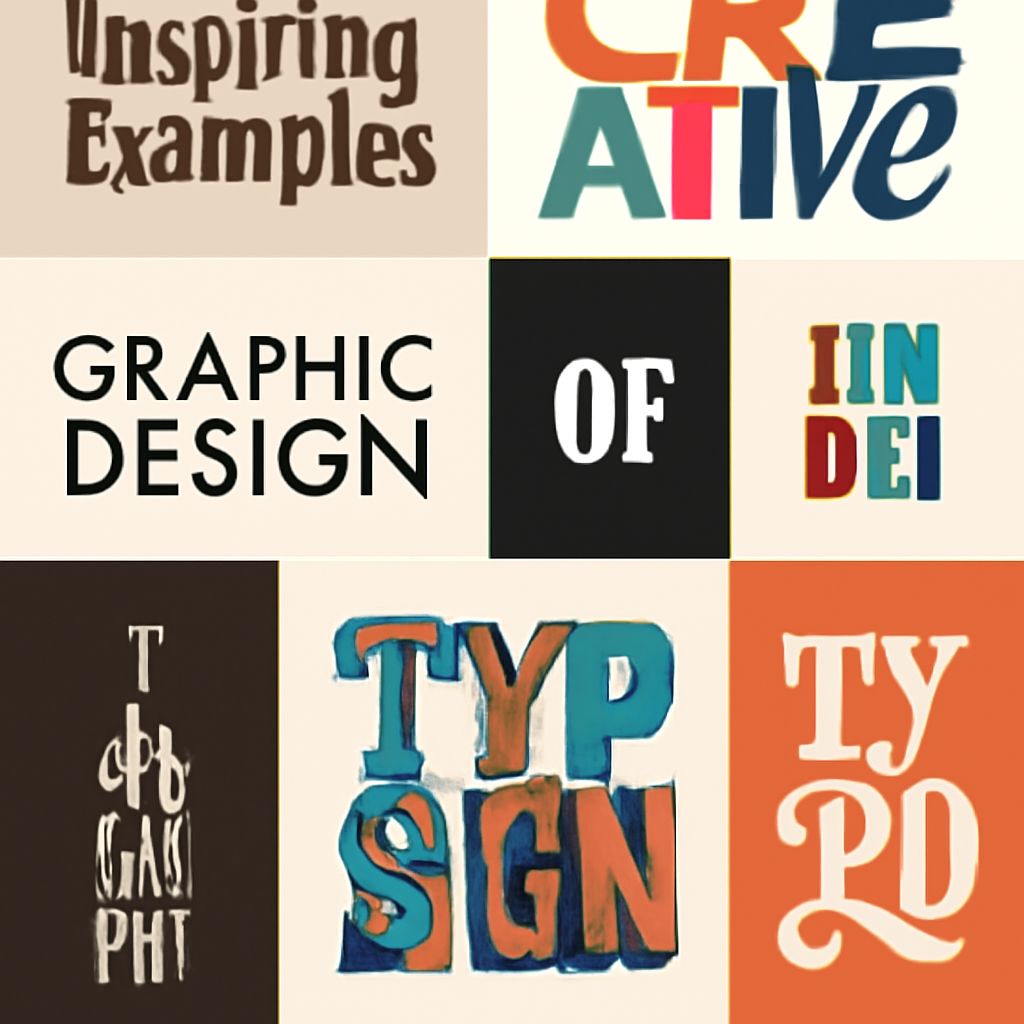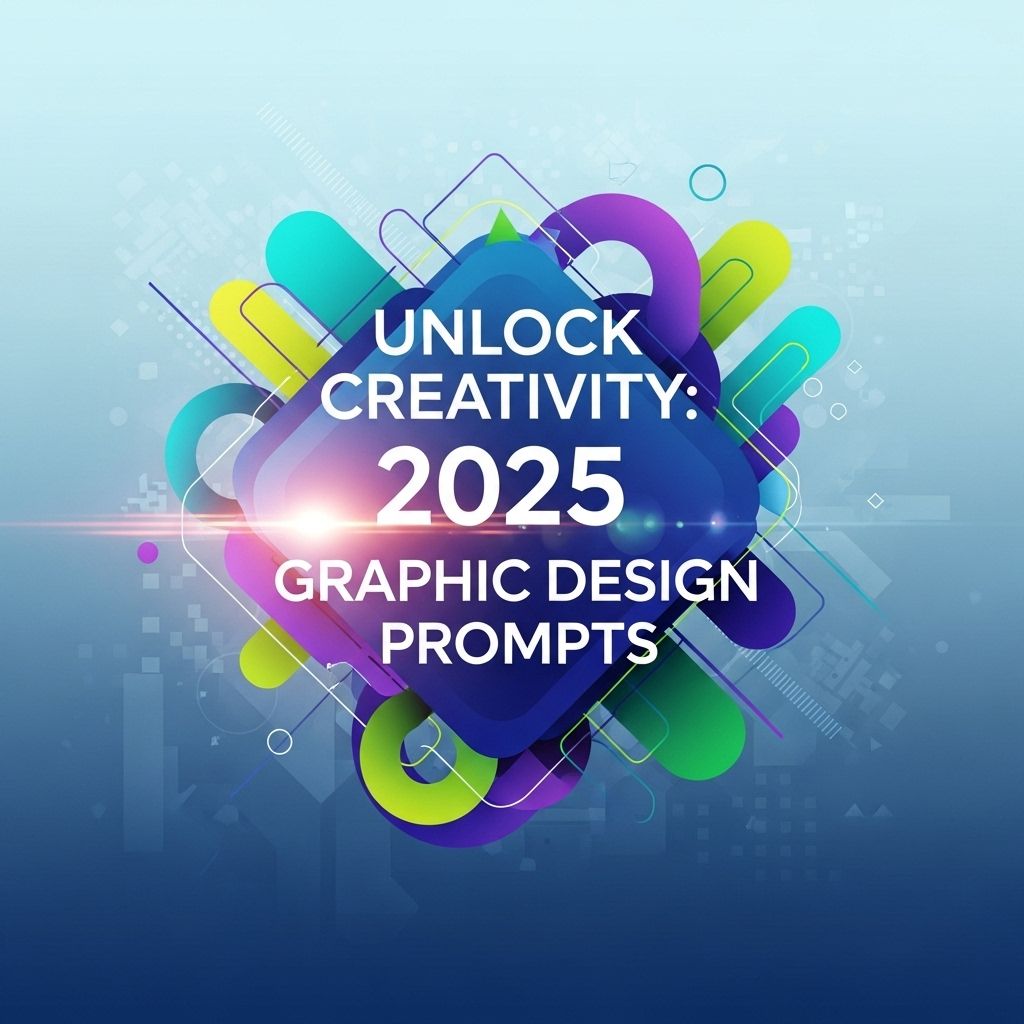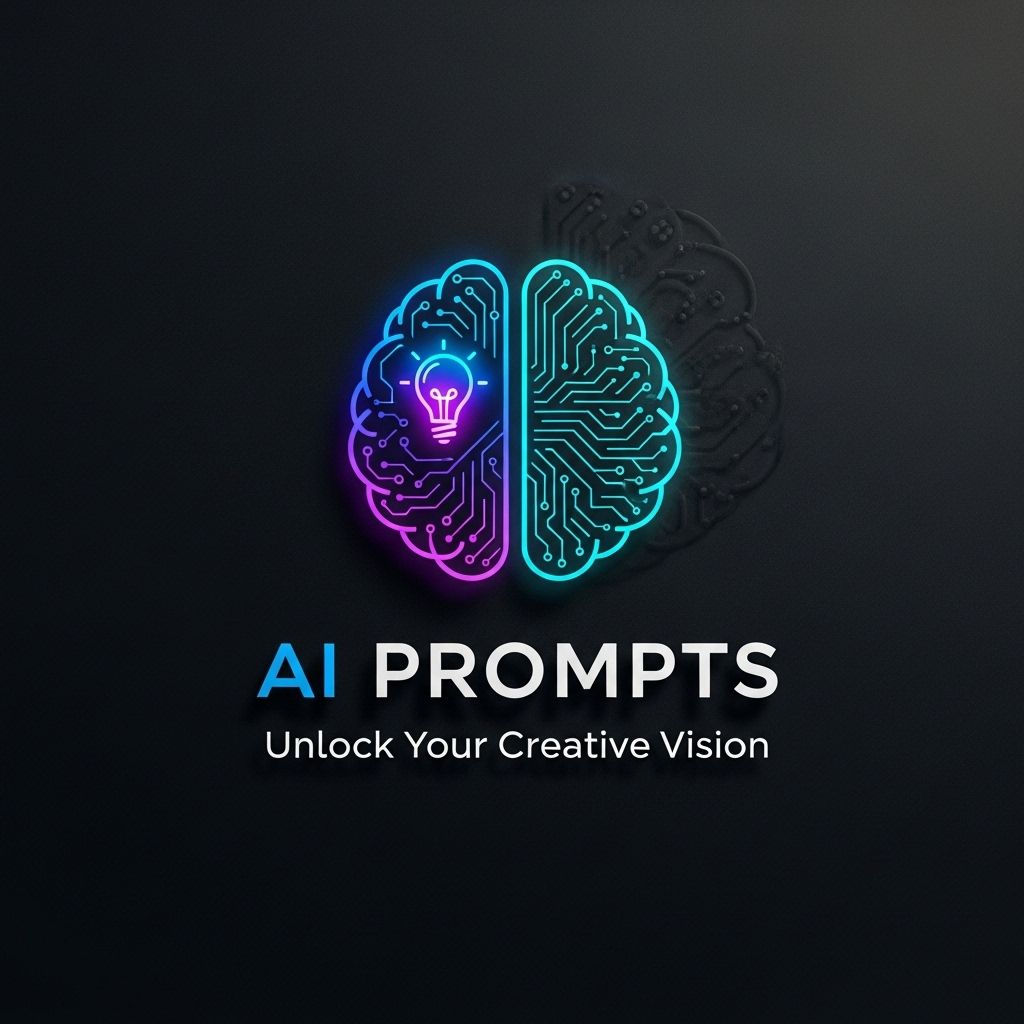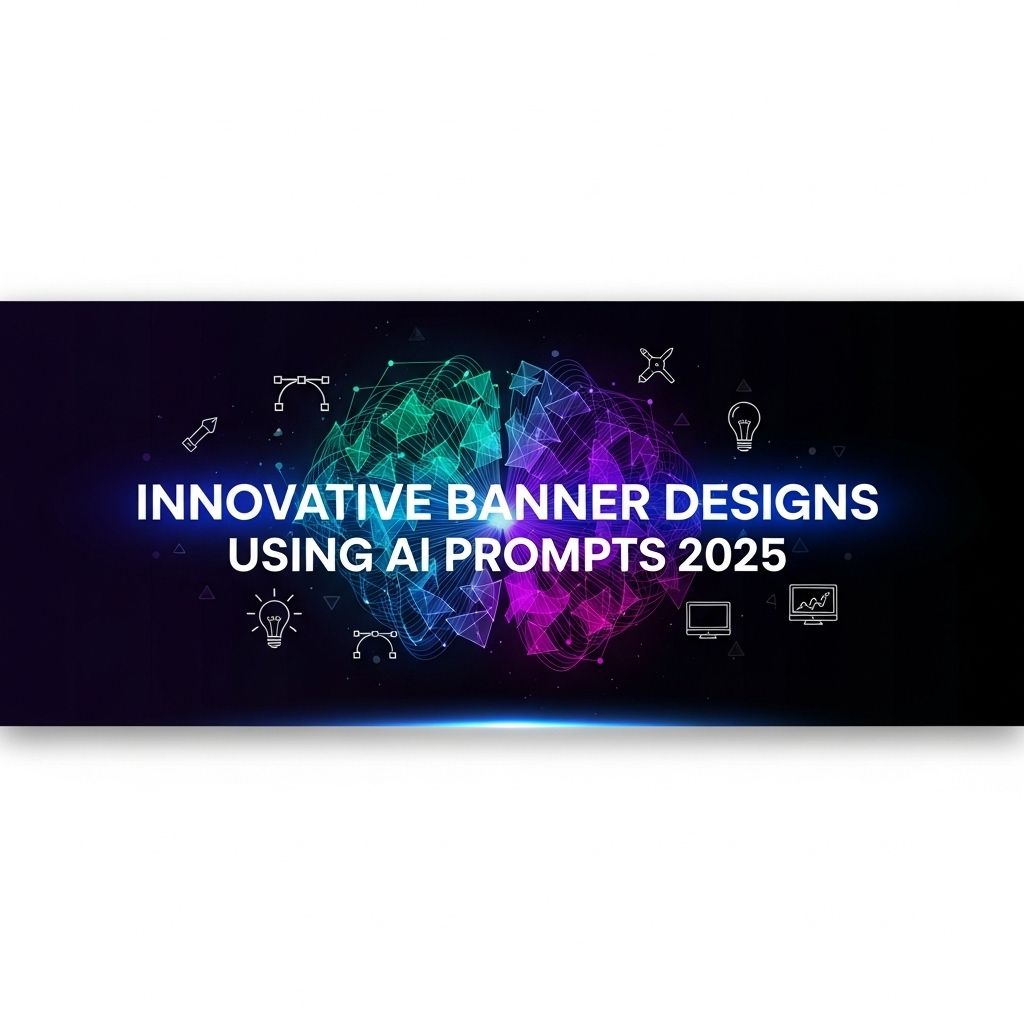Introduction to Creative Typography
Typography in graphic design is an art form that combines creativity with communication. It shapes the way viewers perceive and interact with information, transforming simple text into a visually captivating experience. Designers have used typographic elements to convey emotions, tell stories, and make statements, pushing the boundaries of traditional design. In this article, we explore 10 inspiring examples of creative typography that showcase the innovative spirit of designers across the globe.
The Power of Typography in Design
Typography is more than just choosing fonts and arranging them on a page. It involves creating harmony between type, space, and color to evoke the desired response from the audience. Effective typography can make a design memorable, guide the reader through content, and strengthen the brand’s identity. Below are examples that illustrate the transformative power of typography in graphic design.
1. Hand-Lettered Branding
Hand-lettering has gained popularity for adding a personal touch to branding projects. For example, the boutique coffee shop Brew & Brush uses hand-lettered logos to convey a sense of craftsmanship and warmth. The custom letters reflect the artisanal nature of their products and set them apart in a market saturated with generic typefaces.
Features:
- Unique character and flair exclusive to the brand.
- Emphasis on handcrafted quality.
- Memorable and recognizable design.
2. Kinetic Typography
Kinetic typography brings text to life through motion. This dynamic form of typography is often used in digital media, such as video graphics and animated advertisements. The music video for “Words” by XYZ Band showcases kinetic typography to visually represent the song’s rhythm and emotion, enhancing the viewer’s engagement with the lyrics.
Features:
- Engages viewers with movement and transformation.
- Enhances storytelling through visual rhythm.
- Captures the essence of audio content.
3. Minimalist Typography
In contrast to intricate designs, minimalist typography focuses on simplicity and clarity. The design studio Zen Design uses minimalist typography for their website, featuring a clean, sans-serif font with ample white space. This approach ensures that the content is the focal point, free from distractions.
Advantages:
- Emphasizes clear communication.
- Creates a sophisticated and modern look.
- Improves readability and user experience.
4. Typography as an Image
Some designers use typography as the primary visual element, where the text itself forms an image. This technique is evident in TypeOne Magazine, where the cover page features a typographic portrait composed entirely of letters and symbols, conveying both visual and textual content.
Benefits:
- Merges imagery with text for impactful designs.
- Offers dual interpretation through visuals and words.
- Encourages deeper engagement through exploration.
5. Experimental Typography
Experimental typography challenges conventional norms by manipulating traditional typefaces and layouts. The innovative work of designer Alex Trochut often involves distorted letters and unconventional letterforms to create visually arresting compositions that intrigue and delight audiences.
Features:
- Pushing the boundaries of typographical rules.
- Creating unique and unexpected visual experiences.
- Encouraging creativity and exploration in design.
6. 3D Typography
3D typography adds depth and dimension to text, making it pop off the page or screen. Design agency Depth Studio uses 3D typography in their advertising campaigns to create eye-catching visuals that draw the viewer into the brand’s story.
Advantages:
- Creates an immersive experience.
- Highlights text as a focal point.
- Adds a tactile quality to digital designs.
7. Typographic Patterns
Typographic patterns use repeated letters or words to create intricate textures and backgrounds. For instance, Pattern & Print utilizes typographic patterns in their fabric designs, where repeated type creates visually rich and textured surfaces.
Benefits:
- Transforms text into a decorative element.
- Enhances surfaces with visual interest.
- Offers versatility in application, from prints to digital media.
8. Interactive Typography
Interactive typography allows users to engage directly with text, often through digital platforms. Designers like Studio Interactive create websites where users can manipulate type, changing its form or color, providing a playful and engaging user experience.
Features:
- Encourages user interaction and engagement.
- Dynamic changes in response to user input.
- Enhances storytelling through user participation.
9. Typographic Illustrations
Typographic illustrations integrate type into visual compositions, often where text and imagery are inseparable. Illustrator Jessica Hische combines her love for letters with illustration, creating works where typography becomes an integral part of the visual narrative.
Advantages:
- Blends textual and visual storytelling.
- Creates intricate and detailed artworks.
- Bridges the gap between text and art.
10. Futuristic Typography
Futuristic typography explores new possibilities for the future of design, often incorporating digital and technological elements. Designer FutureWave uses sleek, computerized typefaces with neon glows, reflecting modernity and innovation.
Features:
- Incorporates technology-driven designs.
- Represents forward-thinking and innovation.
- Appeals to tech-savvy and modern audiences.
Conclusion
Creative typography continues to evolve, breaking barriers and reshaping how we perceive text in design. These examples highlight the innovative potential of typography across different mediums and applications. As designers continue to experiment and innovate, typography will undoubtedly remain a vital tool in the art of graphic design, capable of evoking emotion, conveying meaning, and enhancing visual storytelling.
FAQ
What is creative typography in graphic design?
Creative typography in graphic design refers to the innovative use of fonts, typefaces, and layout styles to enhance visual communication and convey messages effectively.
Why is typography important in graphic design?
Typography is crucial in graphic design as it helps set the tone, convey emotions, enhance readability, and create visual hierarchy, thus impacting the overall effectiveness of the design.
How can typography influence a brand’s identity?
Typography can influence a brand’s identity by establishing a unique visual style that reflects the brand’s personality, values, and message, helping it stand out in the market.
What are some popular trends in creative typography?
Popular trends in creative typography include bold and oversized fonts, 3D typography, kinetic typography, minimalistic styles, and the use of custom typefaces to create unique designs.
How do designers choose the right typography for their projects?
Designers choose the right typography by considering the target audience, the purpose of the design, the brand’s identity, and the message they wish to convey, while ensuring readability and aesthetic appeal.
Can typography affect user experience in digital design?
Yes, typography can significantly affect user experience in digital design by influencing readability, guiding the viewer’s eye through the content, and enhancing the overall visual appeal of the interface.




